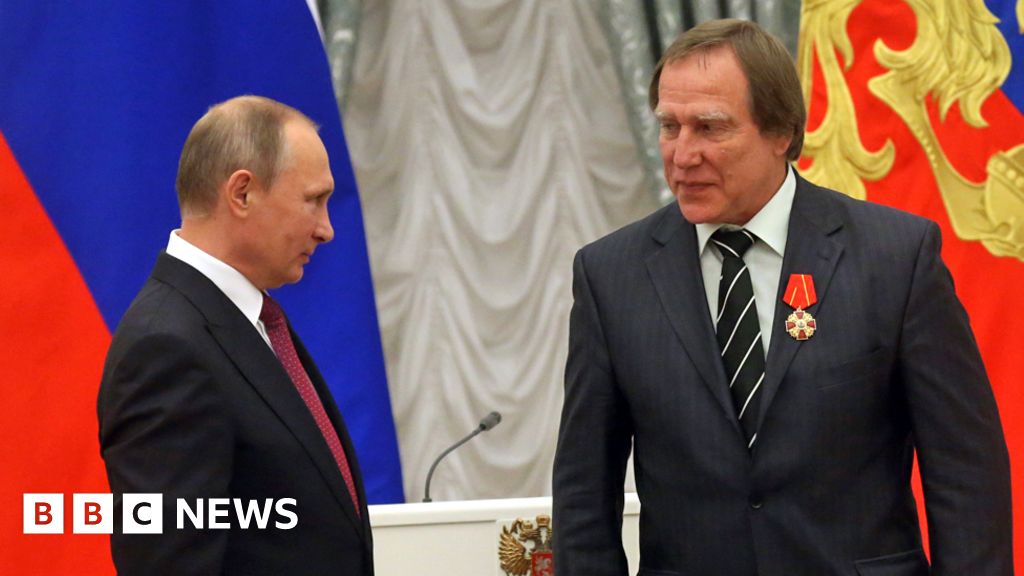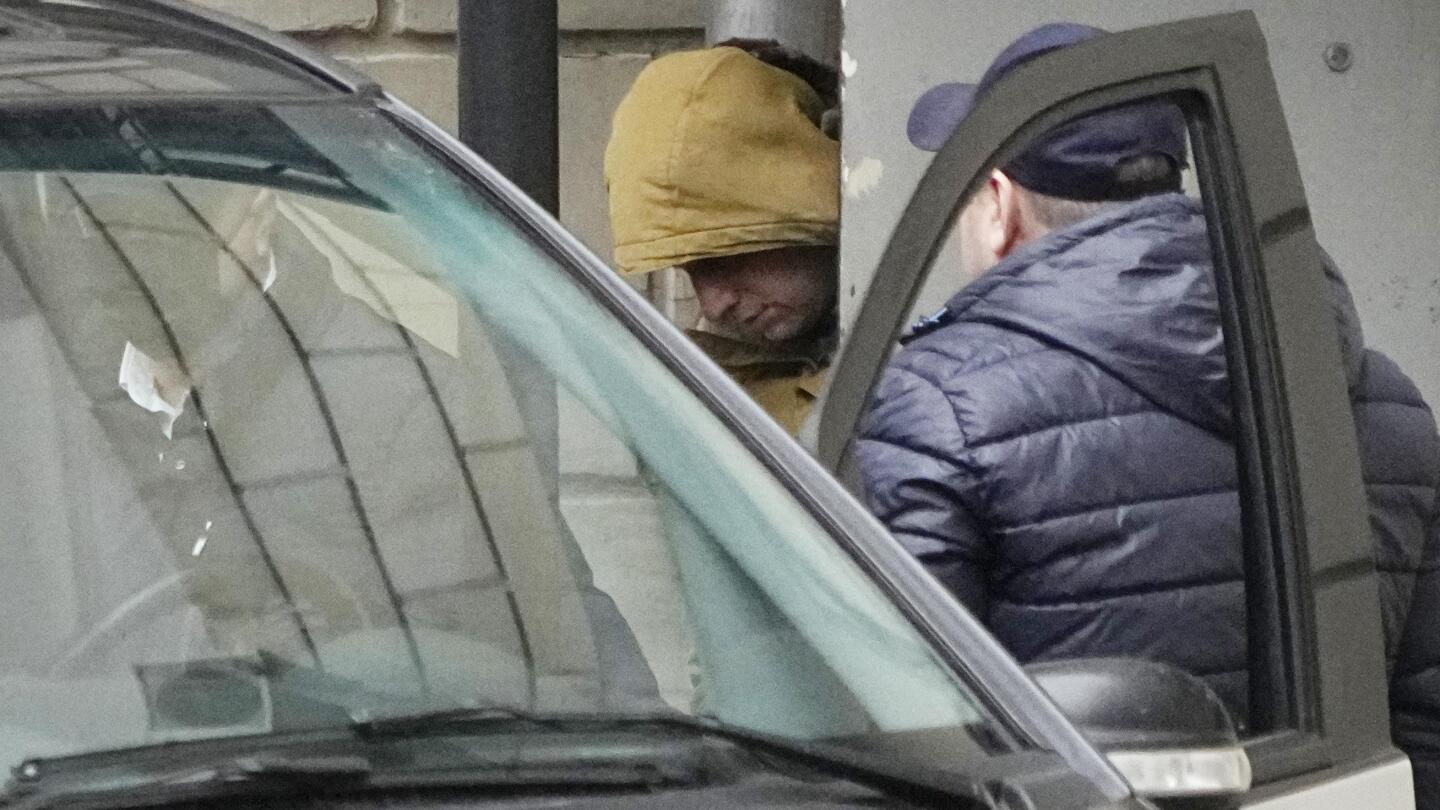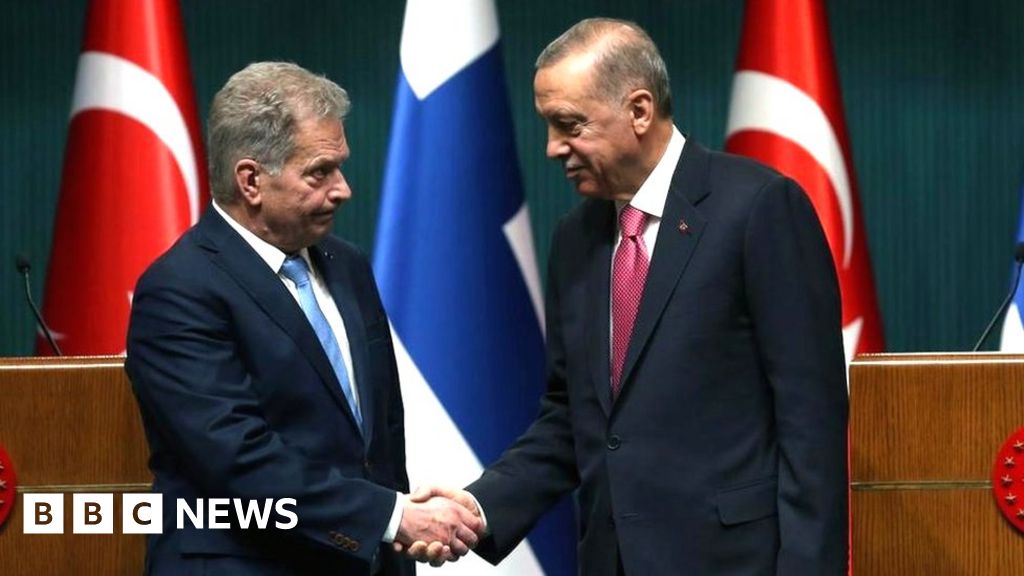NATO standard applies mostly to rounds (9mm, 5.56mm, etc.).Side note on NATO vs. the Russians (or anybody else for that matter):
We have an interesting dilemma. On the one hand, NATO helping Ukraine has highlighted the internal inconsistency of NATO weapons.
The poor Ukrainians are having to learn to operate and maintain German, Polish, French, German and American weapons systems. Yes, I know it’s mostly American, but the point is still valid.
NATO countries are having to create export versions of their weapons systems that don’t give away too much proprietary technology that the developing nations want to keep secret.
So training, maintenance and supply of disparate systems is a real issue.
BUT……
If you standardize NATO weapons systems, you (meaning mainly us…the Americans) necessarily give up proprietary technology. The Abrams MBT and various anti-aircraft systems are the poster children, but there are other systems as well.
How long do you trust the French, Germans, Polish and Brits to not turn that technology on us, or our interests? Conveniently ”mis-place” a tank so it can be reverse-engineered?
Right now, today, it’s not a huge problem. But agendas change and demographics of several of those countries aren’t positive. Will their short-term self-interest outweigh the collective good? What happens if Marine Le Pen (the French analogue to Donald Trump) makes a resurgence?
Not easy questions to answer, with pros, cons, good intentions and unintended consequences all over the place.
We live in interesting times.
NATO kit is mostly a national issue. In other words, nobody aspires that a German Armored Personnel Carrier will have any parts in common with an American APC. Or a British fighter jet and a French fighter jet.
That is now Ukraine's problem, but a NATO vehicle left on the battlefield because a simple repair part could not get to it in time, so it falls into Russian hands will make reverse-engineering possible.









